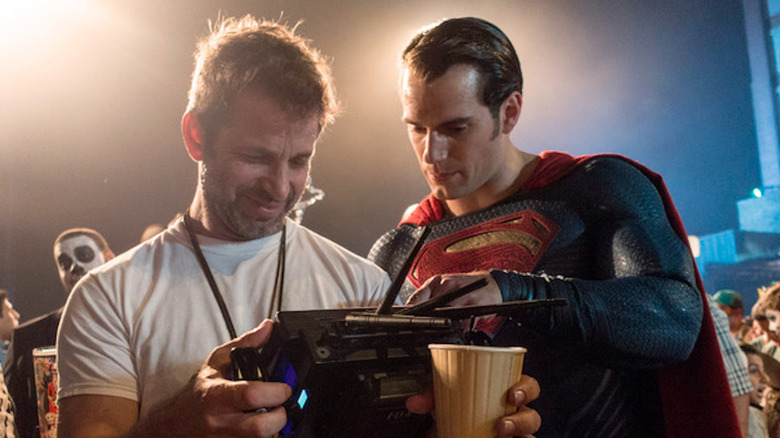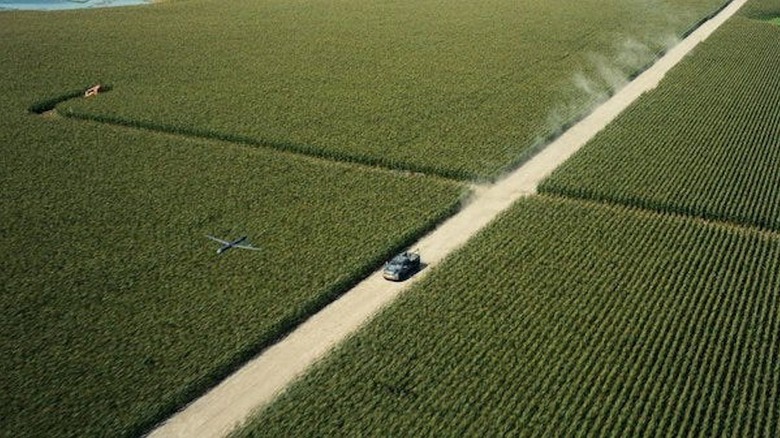
Christopher Nolan’s movies have a very particular aesthetic. Though he works in genres where loads of computer-generated imagery are the norm, he values location shooting, practically staged action, and, of course, the kind of rich, tactile visuals that only film — not digital — can give you (at a reel length of 11 miles). There’s a reason many cinephiles travel great distances to see his movies projected on 70mm IMAX, and never walk away disappointed.
Nolan’s aesthetic preferences were challenged like never before when he took on “Interstellar.” The deep space exploration film, based on the brilliant work of astrophysicist Kip Thorne, promised to be a brainy piece of science fiction in the vein of classics like “2001: A Space Odyssey” and “Solaris” (Tarkovsky’s or Soderbergh’s). “Interstellar” wound up calling those films to mind here and there, but, really, it was singularly Nolan in its attempt to realistically depict what getting stuck in a tesseract would look and feel like. It’s mind-blowing stuff, and to get us to buy into his big leaps, Nolan had to first ground us in a near-future version of Earth that felt lived-in.
To pull this off, Nolan looked to … Zack Snyder’s “Man of Steel?”
Ol’ Chris Nolan had a farm
In an interview with The Daily Beast, Nolan revealed that when it came to constructing a realistically functioning farm, he consulted with Snyder, who’d had to build one of his own when he shot the Nolan-produced “Man of Steel.” Nolan explained his thought process thusly:
“That all-American iconography has always been so potent in the Superman myth. It was in [the “Interstellar”] script before I came to the project – [Chrisotpher’s brother Jonathan Nolan] was developing the script for Steven Spielberg to direct, originally—and I think the Americana had worked its way in there. I certainly found it very helpful when I realized we were going to have to grow our own corn.”
Nolan discovered that Snyder had grown 300 acres of corn to make the Kent homestead feel like an operating farm. Say what you will about the movie (I’m a fan), but those sweeping cornfield shots evoke that same kind of heartland awe that Richard Donner conveyed in his 1978 “Superman.” So Nolan got to seeding and wound up with a bumper crop. As he told The Daily Beast, “[W]e grew about 500 acres of corn and actually sold it and ended up making a profit off it.”
So add that profit to whatever Paramount hauled in when “Interstellar” made $727 million on a $165 million budget (including the 2024 re-release). And let this be a lesson learned, aspiring filmmakers. If you want to turn some kind of profit on your movie, set it on a farm.



Leave a Reply